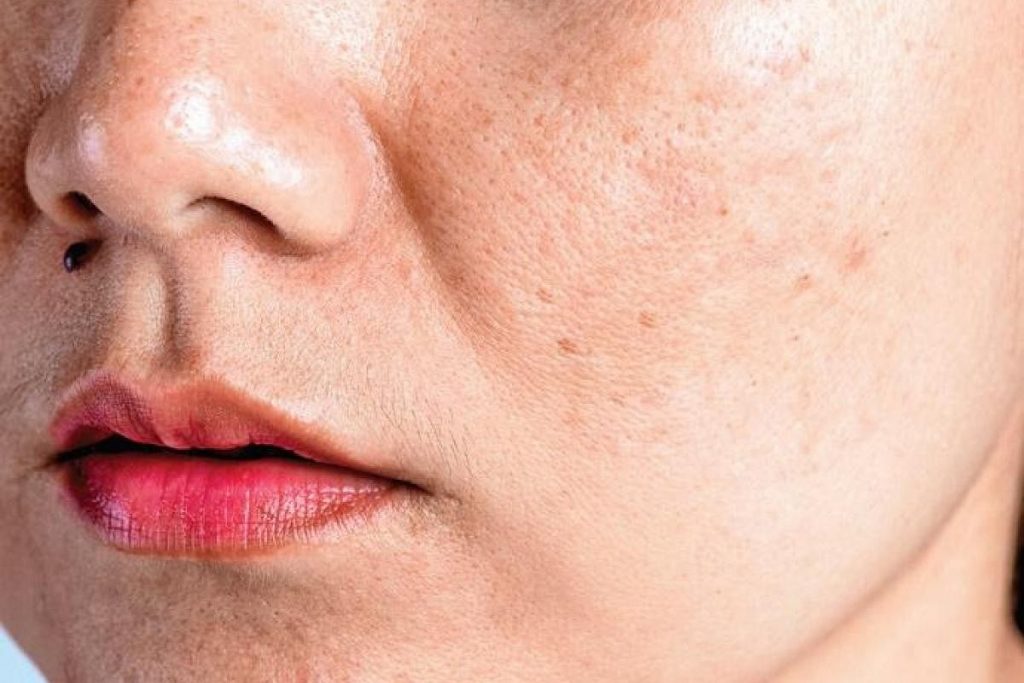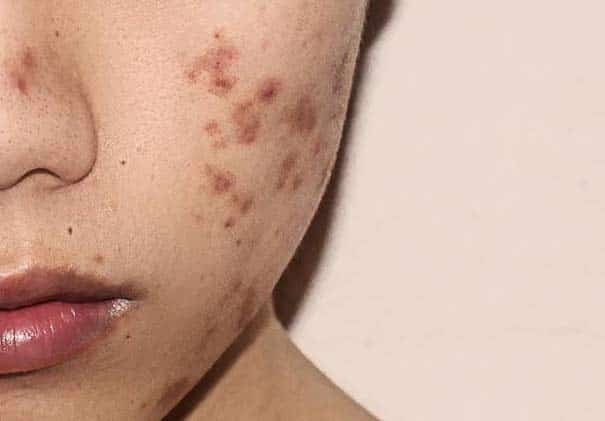
Do you have one or more small or large dark spots on your face? Then it is probably a form of pigmentation change. Have you heard about them and want to know more? You’ve reached the right spot! Today, we are going to uncover more on pigments! Happy reading!
There are different types of pigmentation and the reasons for their appearance are diverse.
First, you should know that this type of “spots” is quite common on the face, but also on the neckline and the back of the hand. So, what are pigment changes for something and what is the difference between the different spots and what can be done?
The most common reason we have a pigmentation change is that we have been exposed to harmful UV rays by staying in the sun a little longer than we should.
Melanocytes are the pigment cells that build our color in the skin. When we have a pigment spot, the melanocytes simply clump together and give us a dark spot on the skin. Melanin production occurs naturally and also protects us from UV rays. The amount of sun we can tolerate depends on the color we have on our skin from the start.
Age Spots
Age spots or Lentigo, which is the actual name, appear after sunbathing and can appear with age if you have been exposed to the sun for a long time.
Melasma
Melasma is due to hormonal changes in the skin. It can be caused by the birth control pill or pregnancy, but also by certain medications combined with the sun. It is often seen as dark pigmentation on the upper lip or larger brown spots on the face. They disappear almost completely during the fall/winter period but often return when the sun waits for spring.
Post-Inflammatory Hyperpigmentation (PIH)

PHI can occur after an injury or inflammation of the skin. A pimple, acne or skin injury can cause the skin to produce more melanin. The cause and size of the inflammation determines the color and size of the spot. Remember to try to avoid pimples and acne and take the necessary preventive measures, as the condition can then worsen.
Treat and Prevent
How you can treat and prevent depends of course on how shallow or deep the pigmentation is, but also on the type of pigmentation. Don’t hesitate to start by wearing a hat, sunglasses, an umbrella, sitting in the shade and using a high SPF. Preferably in combination, or separately.
You can also get help with your pigmentation at a clinic with qualified staff. There you can get IPL treatments, chemical peels and laser treatments.
What is IPL?
IPL is a light treatment that reduces pigmentation spots. The pigment is absorbed by the light and destroys the unwanted pigment. Initially, the spot becomes darker as the pigment rises to the surface and then disappears. The treatment often has to be repeated several times.
Chemical Peels
Chemical peels are made up of different acids that vary in strength depending on the objective. A solution is applied with a brush to the affected area to “remove” the damaged skin. Here again, several treatments are often necessary to make the spots disappear.
Laser Treatment
Laser treatment: here a laser light of different colors is used which, depending on the location of the pigment spot, is controlled more superficially or more deeply into the skin to destroy the pigment. Here again, several treatment sessions are often necessary.
Have Patience
Last but not least, you have to be quite patient with these spots. It takes time, the skin often becomes more sensitive to the sun during this period and, afterwards, it is very important to use SPF so that the spots do not come back.


